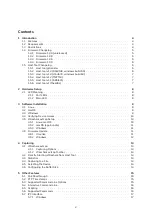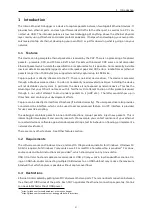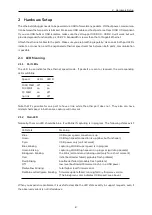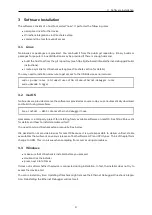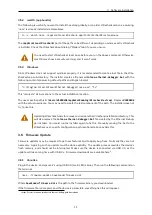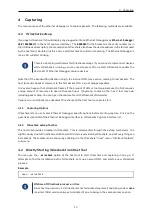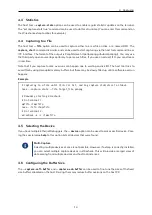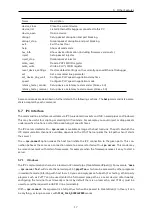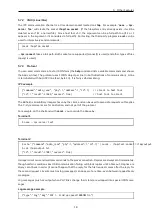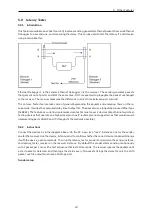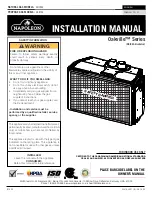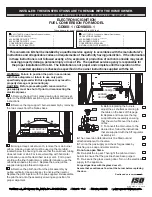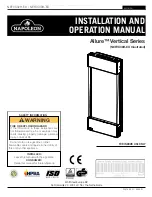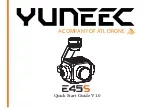
1 Introduction
Old firmware (before 1.06) requires the user to set the ethernet speed manually if the devices connected
to the debugger’s ports negotiated different ethernet standards (for example 100 MBit vs. 1 Gb).
The PC needs to be fast to capture at full speed. Capturing in real time with maximum ethernet bandwidth
directly to Wireshark or a slow hard disk may not be possible. (This is due to host performance problems
outside of our control.) Packet buffer overflows should be expected when operating near maximum band-
width. There is no hardware packet filter.
1.4 Firmware Changelog
The firmware version is reported in the bcdDevice field in the USB device descriptor, or can be determined
by using the ”hw_info” command in the host tool.
1.4.1 Firmware 1.09 (unreleased)
Updating to host tool v1.5 is recommended.
Bug fixes
•
Fix hardware FIFO overflow problems with high bandwidth and very small packets (possibly
out-of-spec)
•
Fix capture corruption problems in some rare low bandwidth capture scenarios
1.4.2 Firmware 1.08
Updating to host tool v1.3 is recommended.
Bug fixes
• Fix occasional packet corruption with some links in 100 MBit mode (this affects both packet capture
and ethernet communication)
• Hopefully fix 10 MBit mode
• Improve speed settings handling (always enable auto negotiation and control advertisings instead)
• Work around a FX3 issue that made firmware updates under USB 2 very slow
Potential incompatibilities and problems
• The ”inject” command now works only if both links are connected and use the same speed mode
1.4.3 Firmware 1.06
Updating to host tool v1.2 is recommended.
Bug fixes
• Fix device becoming unable to capture packets on FIFO overflows
Potential incompatibilities and problems
• This is compatible down to host software v1, but host software v1.2 is recommended; there may be
strange behavior with host software v1 in certain cases
• The device accesses some MDIO registers automatically now, instead of leaving the host software
in full control
New features
• Add autospeed mode (do not require user to manually adjust each PHY’s speed if they have negoti-
ated different speeds)
• The autospeed setting is persistently stored on the device
5


